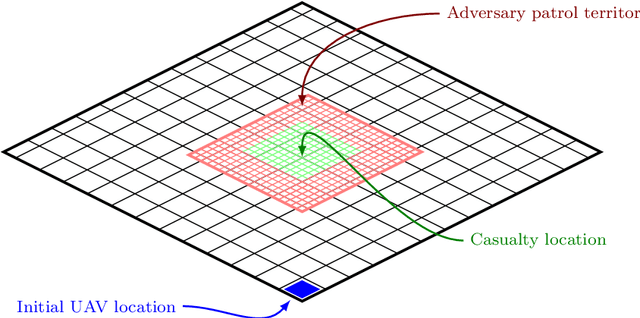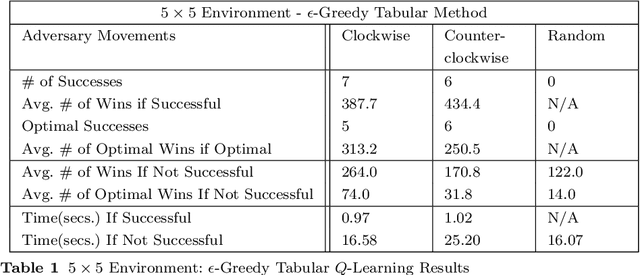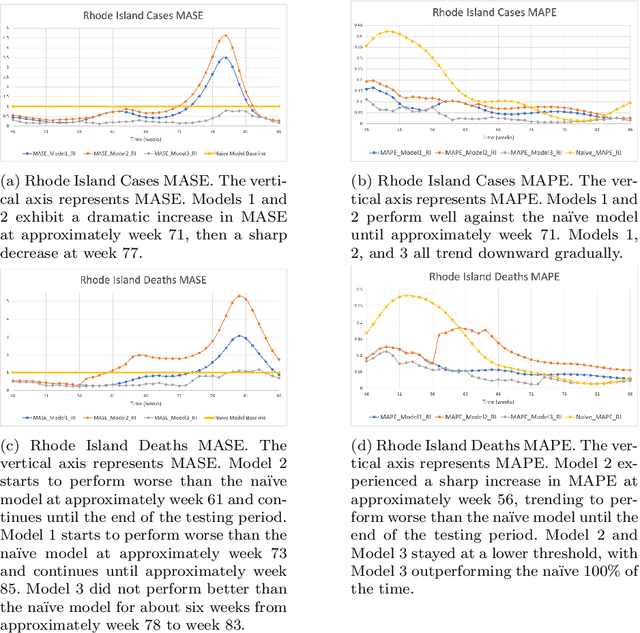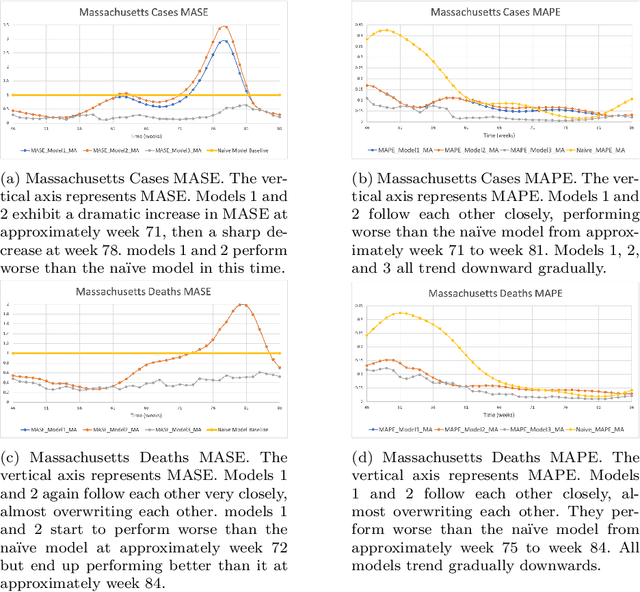Chrysafis Vogiatzis
Solving reward-collecting problems with UAVs: a comparison of online optimization and Q-learning
Nov 30, 2021



Abstract:Uncrewed autonomous vehicles (UAVs) have made significant contributions to reconnaissance and surveillance missions in past US military campaigns. As the prevalence of UAVs increases, there has also been improvements in counter-UAV technology that makes it difficult for them to successfully obtain valuable intelligence within an area of interest. Hence, it has become important that modern UAVs can accomplish their missions while maximizing their chances of survival. In this work, we specifically study the problem of identifying a short path from a designated start to a goal, while collecting all rewards and avoiding adversaries that move randomly on the grid. We also provide a possible application of the framework in a military setting, that of autonomous casualty evacuation. We present a comparison of three methods to solve this problem: namely we implement a Deep Q-Learning model, an $\varepsilon$-greedy tabular Q-Learning model, and an online optimization framework. Our computational experiments, designed using simple grid-world environments with random adversaries showcase how these approaches work and compare them in terms of performance, accuracy, and computational time.
SARS-CoV-2 Dissemination using a Network of the United States Counties
Nov 26, 2021



Abstract:During 2020 and 2021, severe acute respiratory syndrome coronavirus 2 (SARS-CoV-2) transmission has been increasing amongst the world's population at an alarming rate. Reducing the spread of SARS-CoV-2 and other diseases that are spread in similar manners is paramount for public health officials as they seek to effectively manage resources and potential population control measures such as social distancing and quarantines. By analyzing the United States' county network structure, one can model and interdict potential higher infection areas. County officials can provide targeted information, preparedness training, as well as increase testing in these areas. While these approaches may provide adequate countermeasures for localized areas, they are inadequate for the holistic United States. We solve this problem by collecting coronavirus disease 2019 (COVID-19) infections and deaths from the Center for Disease Control and Prevention and a network adjacency structure from the United States Census Bureau. Generalized network autoregressive (GNAR) time series models have been proposed as an efficient learning algorithm for networked datasets. This work fuses network science and operations research techniques to univariately model COVID-19 cases, deaths, and current survivors across the United States' county network structure.
 Add to Chrome
Add to Chrome Add to Firefox
Add to Firefox Add to Edge
Add to Edge